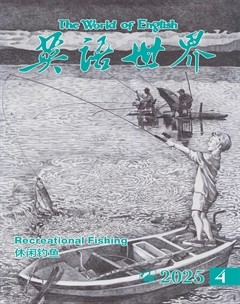Ching Ming Festival, also known as tomb-sweeping day, is celebrated 15 days after the spring equinox in the Chinese lunar calendar and this year falls on April 4. In China, the festival is a public holiday.
清明节是祭祖扫墓的日子,为中国农历春分后的第15天,今年的清明节是在4月4日。在中国,清明节为法定节假日。
What is the festival’s origin?
清明节的起源
Its name originates from the saying “plants start to revive and prosper at Ching Ming in a clean and bright way”. Thus Ching Ming literally means “clean” and “bright” in Chinese, and marks both the beginning of spring and of farm work.
清明节的名称源于古语“万物生长此时,皆清净明洁”。因此,“清明”在汉语中的字面意思是“清净”与“明洁”,标志着春天和农活的开始。
The customs of the festival as we know it today, however, originate from hanshi jie, or the Cold Food Festival.
不过,我们今天所熟知的清明节习俗其实源自寒食节。
According to legend, in the 7th century BC in the Chinese state of Jin, an exiled duke called Wen was starving and had no food to eat, so one of his followers, named Jie Zitui, cut a piece of his flesh from his thigh to make soup for Wen. Wen was grateful for the meal and wanted to pay Jie back.
相传,在公元前7世纪中国的晋国,公子重耳(后来的晋文公)在外流亡时,饥饿难耐而无食物充饥,于是一位名叫介子推的从者割下自己大腿的肉为他熬汤。晋文公十分感激,想要报答介子推。
However, the story does not end well: when Wen eventually became the ruler, he forgot about Jie, who had moved to a remote mountain with his mother. When he learned of his saviour’s whereabouts, he ordered his army to set the forest on fire, hoping to force Jie out of hiding. The fire raged for three days and eventually the emperor saw Jie and his mother clinging, dead, to a charred willow tree. He buried them under the tree.
然而,故事的结局并不美好:晋文公最终成为一国之君后,忘了介子推,而介子推早已带着母亲隐居到了一座偏远的山中。晋文公在得知救命恩人的下落后,命令军队放火烧山,希望以此迫使介子推出山。大火烧了三天。最终,晋文公只看见介子推和他的母亲紧紧抱着一棵烧焦的柳树,二人都已亡故。晋文公将他们埋葬在了这棵柳树之下。





